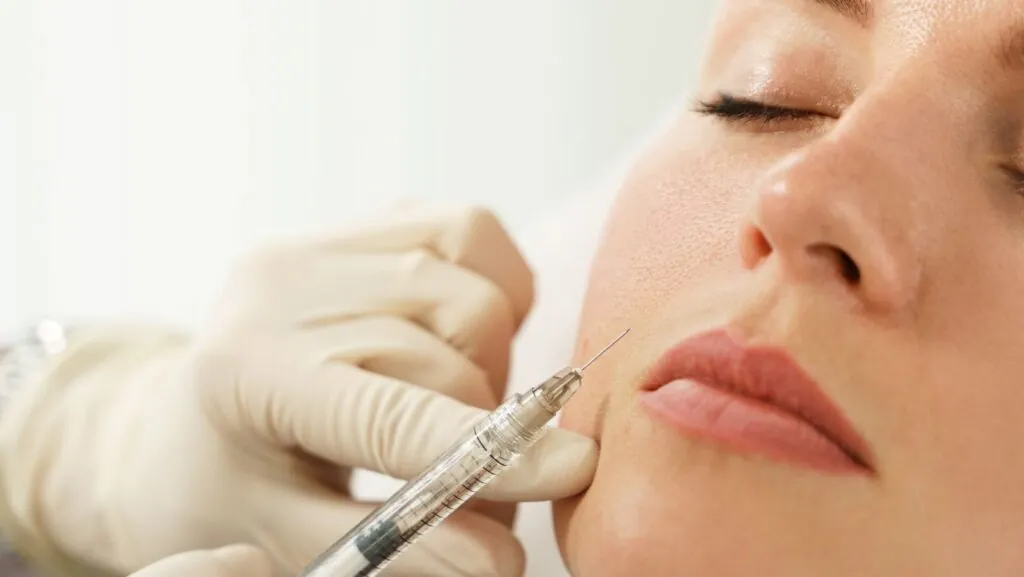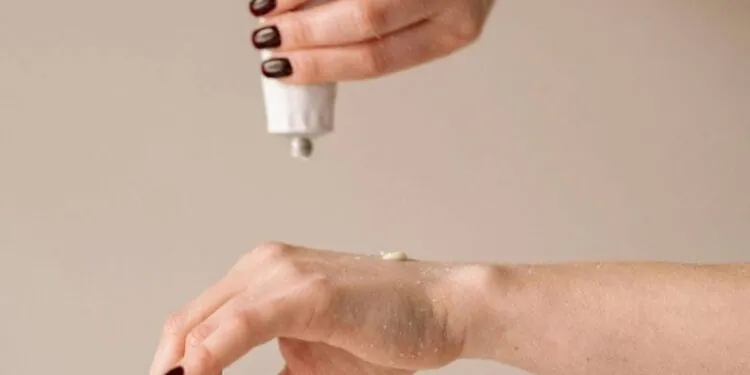Position within Healthcare Systems
Aesthetic medicine has moved into mainstream health discussions. Hospitals, clinics, and policymakers now debate where to draw lines between medical necessity and elective care. Some procedures treat visible conditions like scarring or skin irregularities. Others are purely cosmetic. The overlap complicates how national systems decide coverage.
Insurance plays a central role. In many countries, elective procedures are excluded from standard plans. Yet demand continues. Private insurers sometimes create add-on packages. This introduces inequality. Patients with higher incomes gain access, while others pay out of pocket or delay care. Public systems face pressure to decide whether some treatments should be considered part of mental or social well-being rather than luxury.
The result is uneven access across regions. One country may reimburse treatments for burns or trauma recovery, while another labels them cosmetic and denies coverage. This creates medical tourism. Patients travel to places with favorable costs or rules. That movement brings revenue to destination clinics but also raises concerns about continuity of care once patients return home.
For health authorities, the implication is ongoing review. As more citizens use these services, systems must adapt. Whether through insurance reform or public health guidelines, aesthetic medicine now demands attention in the same policy discussions as dentistry or optometry.
Regulation, professional oversight, and the supply chain
Rules define who can perform aesthetic procedures. In some countries only physicians may inject or operate devices. In others, nurses and allied professionals share responsibilities. The choice shapes workforce supply. Limited authorization can lead to long waiting lists and higher prices. Broader access expands availability but raises safety questions.
Professional associations try to fill the gap. They publish training requirements, host certification programs, and push for continuous education. For clinics, compliance is not optional. Regulators audit records, check for licenses, and review incident reports. Non-compliance leads to penalties or closure.
Patients indirectly feel the effect. A tightly regulated environment often means higher costs but greater assurance of safety. A loosely regulated market may offer cheaper treatments but exposes patients to risks from undertrained staff or counterfeit products.
Why Trusted Suppliers Matter
Suppliers occupy a unique position between manufacturers and clinics. They don’t only ship products; they decide who gets access and under what conditions. In a field where counterfeits exist and improper storage can damage products, the role of the supplier becomes central to patient safety.
A trusted supplier verifies that every item is authentic, within expiration, and stored at the right temperature. For injectables and fillers, even short lapses in refrigeration can compromise quality. Clinics that buy from unreliable sources risk both medical complications and legal consequences. Patients may never see these details, but they feel the impact in the safety of the procedure.
Suppliers also act as educators. Many provide training sessions for clinics on how to use new products correctly. They update practitioners on regulatory changes and supply guidance on record-keeping. This support reduces errors inside treatment rooms and helps clinics stay compliant with audits. The relationship becomes more than transactional — it becomes structural to the industry.
Trust extends to economic stability too. Suppliers with strong logistics networks reduce the risk of canceled appointments. Reliable delivery means clinics can schedule patients with confidence, avoiding last-minute disruptions. Patients then build treatments into their lives without fear that a shipment problem will shift their plans.
For governments and regulators, suppliers are allies. They can monitor sales, prevent diversion of products to unlicensed actors, and help trace items in case of complications. A reliable supplier of dermal fillers shows how oversight and logistics work together. The supplier’s reputation signals safety not only to clinics but indirectly to patients who depend on those clinics.
In short, trusted suppliers form a bridge. They connect global manufacturing with local practice, ensuring that what reaches the patient is both safe and legal. Without that bridge, the industry would face more shortages, more counterfeit risks, and weaker compliance — issues that would affect everyday life through higher costs, canceled appointments, and increased health risks.
Social Implications and Public Rerception
Aesthetic medicine also interacts with social norms. Procedures that once drew stigma are now openly discussed. Media and peer networks normalize care, which shifts demand. As demand grows, public institutions must address new questions: should schools include education on treatment risks, should workplaces adapt leave policies, and should community health centers provide referrals.

Generational differences stand out. Younger groups often see treatments as maintenance, like dental cleaning. Older groups may view them as unnecessary. This creates tension within families and communities. Public campaigns on safety try to address all age groups, but perceptions remain uneven.
The spread of treatments into ordinary life also affects workplace policies. Some companies include aesthetic services in wellness benefits. Others resist, arguing that funds should focus on preventive health. These debates reflect how aesthetic medicine challenges the boundary between healthcare and lifestyle.
Mental health professionals also weigh in. Some argue that treating appearance can reduce anxiety or social withdrawal. Others warn that overreliance on procedures may hide deeper issues. Health systems respond differently. Some include counseling before treatment. Others leave decisions entirely to the market.
The broader point is that social norms drive demand, and demand pushes institutions to respond. As treatments become more visible, governments and employers cannot ignore the implications for collective health and productivity.
Policy Directions and Future Adjustments
Governments now face practical choices. They must decide how to categorize aesthetic care. Is it wellness, cosmetic service, or healthcare. Each category carries different funding models. Wellness often means private pay. Cosmetic service may be taxed as luxury. Healthcare implies subsidies or insurance coverage.
Taxation policy reflects this debate. Some states apply value-added tax to procedures, treating them as consumer goods. Others classify them as medical acts, exempting them from tax. The choice affects affordability and clinic revenue. Patients notice directly when costs rise because of tax changes.
Cross-border trade further complicates the picture. Products are manufactured globally, shipped through multiple checkpoints, and sold under local rules. Sanctions, currency fluctuations, or border restrictions can all affect prices. Health ministries monitor supply chains to protect citizens from shortages or counterfeits.
Looking ahead, policy discussions will likely expand. As demand grows, the pressure to set clearer boundaries will increase. Should treatments with psychological benefit be funded. Should clinics receive subsidies for training. Should insurers be forced to cover complications even if the initial procedure was elective. These are not abstract questions. They influence how households budget, how clinics survive, and how societies define healthcare.











